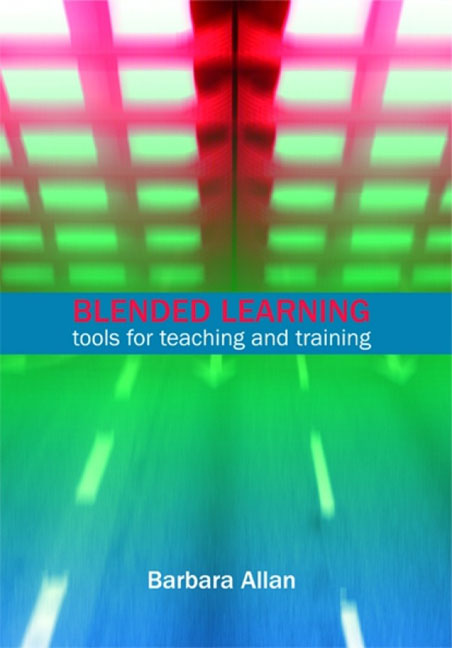Book contents
- Frontmatter
- Contents
- List of figures
- List of tables
- Acknowledgements
- 1 Introduction
- 2 Tools and technologies
- 3 Models of teaching and learning
- 4 Planning and designing blended learning programmes
- 5 Planning and designing learning activities
- 6 Working with groups
- 7 Working as a tutor
- 8 Communities of practice
- 9 Managing blended learning projects
- Index
3 - Models of teaching and learning
Published online by Cambridge University Press: 08 June 2018
- Frontmatter
- Contents
- List of figures
- List of tables
- Acknowledgements
- 1 Introduction
- 2 Tools and technologies
- 3 Models of teaching and learning
- 4 Planning and designing blended learning programmes
- 5 Planning and designing learning activities
- 6 Working with groups
- 7 Working as a tutor
- 8 Communities of practice
- 9 Managing blended learning projects
- Index
Summary
Introduction
The purpose of this chapter is to provide an overview of those theories of learning that are particularly relevant to blended learning. This is an important topic, as understanding the theoretical ideas that underpin learning enables librarians and information workers to design, develop and deliver effective blended programmes and activities. In addition, library and information workers may be involved in working in partnership with colleagues who have a different understanding of learning and teaching; consequently, understanding different pedagogies is sometimes very helpful when working in multi-disciplinary teams.
Learning is a complex and messy business, and it is difficult to summarize learning theories without risking over-simplifying the topic. In addition, although the topics presented in this chapter are organized under separate headings there is much overlap between different ideas. The first topic considers the context of learning, i.e. the physical, virtual and social environments in which learning and teaching takes place. The context of learning helps to shape the types of learning processes that occur and may contribute to motivating or de-motivating learners (and also tutors). This is followed by a section that considers individual approaches to learning by presenting two different approaches to individual learning styles. There is an active debate about the value of the concept of learning styles and some of the research in this area is vigorously critiqued. Learning styles are included here because the concept is widely used in many educational institutions. In addition, it provides a valuable metaphor for thinking about individual approaches to learning and one that enables tutors to understand the need to provide a varied learning experience.
The next section provides a brief overview of teacher- or tutor-centred approaches to learning and teaching. Increasingly, education and training providers, and also individual tutors, are moving from a tutor-centred to a learner-centred approach to teaching and learning. Learner-centred approaches to teaching and learning are explored in more depth, including the idea that knowledge is socially constructed and learning is socially situated. Finally, the chapter provides an overview of a range of specific approaches to teaching and learning that are commonly associated with blended learning and these include action learning, inquiry-based learning (including problem-based learning, project-based learning and work-based learning) and reflective practice.
- Type
- Chapter
- Information
- Blended LearningTools for teaching and training, pp. 47 - 70Publisher: FacetPrint publication year: 2007
- 1
- Cited by



